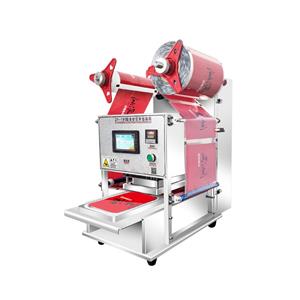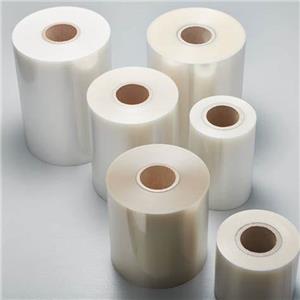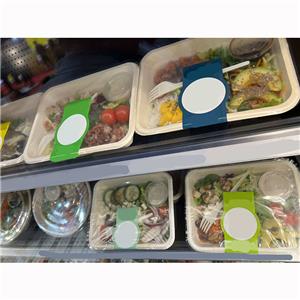Most of the plastic eaten by city vultures comes directly from grocery stores
Since the 1950s, humans have produced approximately 8.3 billion tons of plastic, an annual increase of 380 million tons, of which only 9% has been recycled. The inevitable result is that plastic is ubiquitous, from the deep sea to Mount Everest. It is well known that plastic exists in human tissues and other organisms.
The long-term effects of ingesting plastic on the human body are still unclear. However, in rodents, ingestion of microplastics can damage liver and intestinal function, as well as secretion of the reproductive system.
Especially birds that eat plastic. For example, New World eagles often feed on landfills, and people have noticed that they choose artificial materials such as seats, rubber gaskets, and ceilings.
Now, researchers from the United States show that the amount of plastic they consume can be predicted according to the positions of the black eagle and the Türkiye eagle on the suburban map. This is not just the difference between rural and urban birds. The contribution depends on the local intensity of human trade in the urban landscape. The results were published in the journal Ecology and Evolution.
Dr. Hanna Partridge, the main author of the study and a member of the Department of Geography and Earth Sciences at the University of North Carolina in Charlotte, said: "Here, we show that the Black Hawk and the Türkiye Hawk consume more plastic materials for commercial food suppliers
In 2021 and 2022, Partridge et al. studied eight common habitats (2.8 million, increasing) between black eagles and Türkiye eagles in Charlotte Metropolitan Area. Roosters usually raise 20 to 500 eagles. A total of 1087 eagles vomited due to digestive substances underground in their habitat.
Among these particles, 60% are plastic, accounting for an average of 2.7% of the total mass. Other components include plants, soil, rocks, fragments, metals, fabrics, paper, wood, and glass. Infrared spectrometer Fourier transform (FTIR) can be used to identify plastic types. The most common ones are silicone rubber (accounting for 7.5% of the analysis sample), high-density polyethylene (7%), polyethylene (6.4%), and biopolyethylene (5.3%).
Then, as the eagle flew from 400 meters to a habitat of 20 kilometers, researchers were searching for the relationship between the plastic content in the particles and four indicators of human development. These are the density of commercial food suppliers (from bride shops and tankers to supermarkets and restaurants), the density of livestock and toy producers, the developed land cover rate and the distance to the nearest landfill




